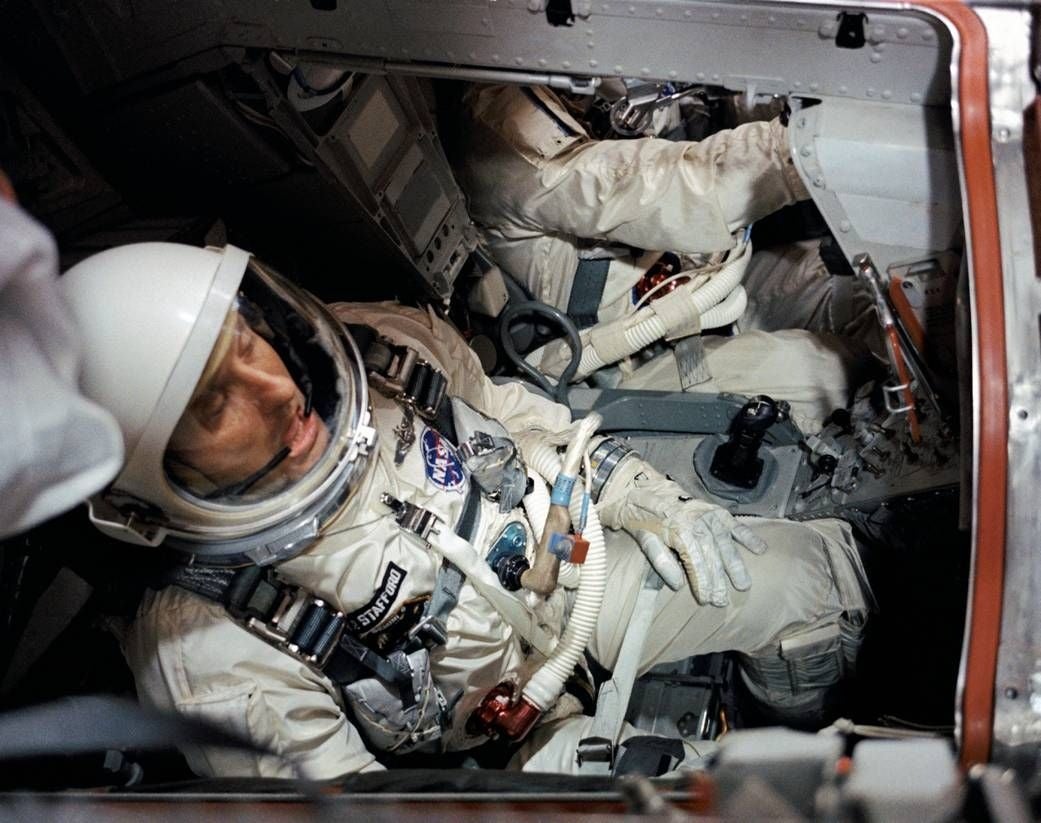The Impact of Project Gemini on Spaceflight

Project Gemini: America’s Leap into Space
Sixty years ago, a series of innovative missions called Project Gemini laid the groundwork for America’s successful lunar landing. This initiative involved two-person spacecraft that were crucial for developing techniques in rendezvous, docking, and even spacewalking, all of which were essential steps toward reaching the Moon.
The Birth of Gemini
Project Gemini was a departure from the earlier Project Mercury, which relied heavily on automated systems. Unlike Mercury, Gemini was designed to give astronauts more control. The spacecraft was compact, providing just 80 cubic feet (2.27 cubic meters) of pressurized space for days of missions. Astronaut John Young famously described it as akin to sitting sideways in a phone booth, earning it the nickname "Gusmobile" after its commander, Virgil "Gus" Grissom, who fit snugly into the cockpit.
The design posed challenges for taller astronauts like Tom Stafford, who flew Gemini 6. He was able to persuade engineers to make modifications to accommodate their heights better. Furthermore, Stafford also advocated for adding dual hand controllers, empowering commanders and pilots to perform essential maneuvers. As noted in "On the Shoulders of Titans," a history of Project Gemini by Barton Hacker and James Grimwood, the astronauts played a significant role in shaping the spacecraft’s operational parameters.
Preparation for these missions was exhaustive. Grissom once remarked that it felt as if days were stretched into 48 hours, yet time was never truly enough. Among the 16 astronauts who participated in the twelve Gemini missions between March 1965 and November 1966, many later went on to visit the Moon — some even walked on its surface. Their diverse backgrounds included test pilots, engineers, and doctors, showcasing a depth of skills highly suitable for the complex demands of the missions.
Rendezvous in Space
Rendezvous procedures represented a complex challenge in space travel. The ability to bring two spacecraft into proximity was essential for Project Apollo, where the Lunar Module would need to dock with the Command/Service Module in orbit. Early attempts by Gemini crews to maintain their positions relative to the upper stages of their Titan II rockets revealed difficulties, particularly in judging distances in the vastness of space.
Astronaut Jim McDivitt, commander of Gemini 4, experienced confusion when the target booster seemed to drift away. This highlighted the need for understanding the dynamics of orbital mechanics — velocity changes could significantly alter altitudes and orbital periods, complicating rendezvous further.
Despite facing fuel cell issues during Gemini 5, the crew adeptly simulated a rendezvous. The first real rendezvous was accomplished by Gemini 6 in December 1965 when Wally Schirra and Tom Stafford maneuvered their spacecraft just 12 inches (30 centimeters) away from Gemini 7. This flawless execution demonstrated both precision and teamwork. Schirra described the maneuvering of Gemini as alert and precise, though it required meticulous planning due to its constraints on time and fuel.
The Role of Technology and Human Ingenuity
While technology such as radar and guidance systems aided mission objectives, the astronauts’ expertise was pivotal. During Gemini 6’s rendezvous, Stafford utilized a circular slide rule for calculations, reflecting the blend of high-tech tools and manual skill.
In March 1966, Gemini 8 made the first successful docking with an Agena-D target, but shortly after, a malfunction led to an uncontrollable spin. Quick thinking on the astronauts’ part proved crucial, as they activated the spacecraft’s retrorockets to regain control.
Gemini 10 demonstrated further advancements. Astronauts John Young and Mike Collins used an independent navigation system to calculate their maneuvers. When nearly missing their target due to a computer glitch, Young took manual control to successfully complete the rendezvous — showcasing human adaptability in technology’s favor.
Later missions achieved even greater precision with Gemini 11 accomplishing a docking just 85 minutes after launch. In November 1966, during Gemini 12, Jim Lovell and Buzz Aldrin executed a manual rendezvous once more, underlining the crucial role of human decision-making and expertise in the era of space exploration.
Splashdowns and Returns
Throughout Project Gemini, astronauts consistently returned safely to Earth. Their spacecraft computers could accurately predict where they would land, permitting their commanders to adjust their courses as needed. Although some missions initially landed short of their intended targets, many later missions returned impressively close to the designated areas. For example, Gemini 9 made a landing that was only 2,300 feet (700 meters) from its planned splashdown point.
The pace of Project Gemini reflected not just a commitment to science but also the national desire to showcase American prowess in the space race. Dave Scott aptly described the experience as "running on adrenaline," a sentiment that aptly sums up the urgency and excitement of this remarkable chapter in space history.






